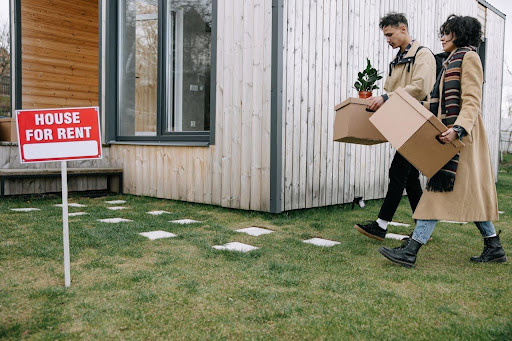10 Steps for Moving into Your Rental Property


Renting a new place can be exciting and overwhelming, especially if it’s your first time. From budgeting to settling in, there’s much to consider to make the most of your rental experience. Here are 10 essential steps to ensure you’re fully prepared for your new rental adventure.
1. Set a Realistic Budget
Before you start looking at properties, it’s essential to understand how much you can afford. Many find this rent affordability calculator useful as it helps break down your monthly budget based on your income and expenses. This way, you can clearly understand what you can afford without stretching your finances.
2. Prioritize Your Needs and Wants
List the features you need versus those that would be nice to have. Do you need a pet-friendly place or proximity to public transport? Knowing what you’re willing to compromise on will make the search process easier and help you focus on properties that meet your core requirements.
3. Research the Neighborhood
Location matters a lot when renting. Take time to research the neighborhood to see if it matches your lifestyle. Consider factors like safety, nearby amenities, public transportation, and how long your commute will be. You might even consider visiting the area at different times of the day to get a feel for the community.
4. Read the Lease Agreement Carefully
The lease agreement is a legally binding document, so it’s crucial to understand every clause before you sign. Pay close attention to terms regarding rent increases, maintenance responsibilities, and pet policies. Don’t hesitate to ask for clarification or even negotiate terms if necessary.
5. Plan for Upfront Costs
Apart from the monthly rent, you’ll need to budget for upfront costs, including the security deposit, first and last month’s rent, and possibly moving expenses. Some rentals may also charge application fees or require renter's insurance, so it’s wise to have these funds ready to avoid surprises.
6. Inspect the Property
Before moving in, do a thorough inspection of the rental unit. Check for any existing damages, such as cracks, stains, or broken fixtures, and document them with photos. This can help you avoid being held accountable for pre-existing issues when you move out.
7. Get Renter’s Insurance
Renter’s insurance protects your personal belongings in case of unexpected events, like fire or theft. It’s often affordable and provides peace of mind. Some landlords may even require tenants to have insurance as part of the lease agreement, so be sure to check this.
8. Set Up Essential Utilities and Services
Once you’ve signed the lease, make arrangements to set up utilities such as electricity, water, gas, and internet. Some rentals include these in the rent, but if not, it’s best to have them activated before moving day to ensure a smooth transition.
9. Plan Your Move Efficiently
Organize your moving process to avoid unnecessary stress. Start packing early and label boxes by room. Consider hiring professional movers or renting a truck if you have many large items. Preparing a moving checklist can help you stay on track and ensure you don’t forget any essentials.
10. Make It Feel Like Home
After moving in, personalize your rental to make it feel comfortable. Adding small decor touches like rugs, curtains, and artwork can make a big difference. Even if rental rules restrict you, many temporary decor options won’t damage the walls or floors.
Final Thoughts
Following these tips can make your first rental experience smooth and enjoyable. Being prepared, understanding your rights and responsibilities, and making a few personal touches will help you settle in comfortably and make the most of your new home. Happy renting!
